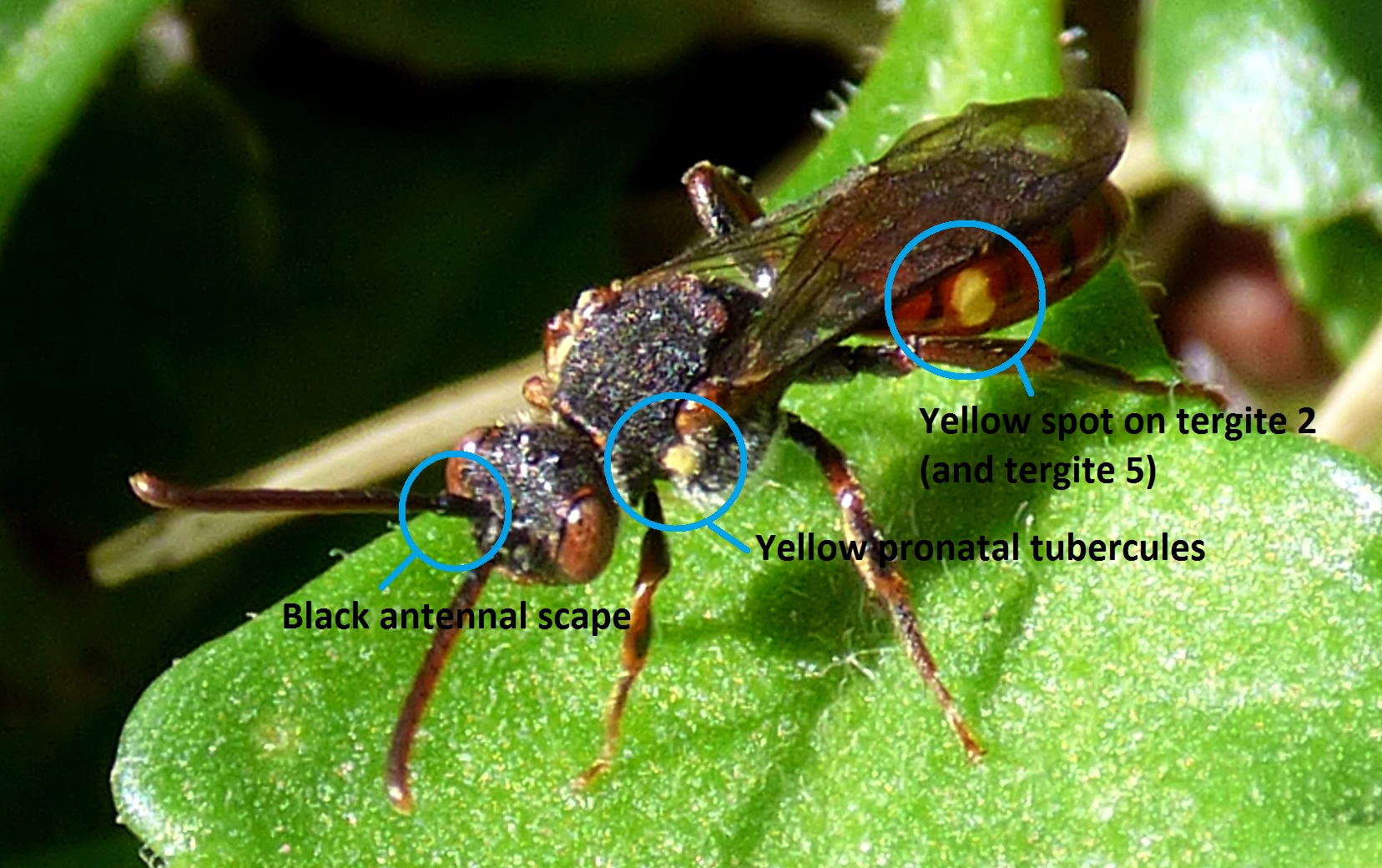http://meganshersby.com/wp-content/uploads/2016/11/weblogo-300x138.png
0
0
mgshersby
http://meganshersby.com/wp-content/uploads/2016/11/weblogo-300x138.png
mgshersby2016-06-03 20:42:132016-06-03 20:42:13#30DaysWild - Day 2
http://meganshersby.com/wp-content/uploads/2016/11/weblogo-300x138.png
0
0
mgshersby
http://meganshersby.com/wp-content/uploads/2016/11/weblogo-300x138.png
mgshersby2016-06-01 20:54:372016-06-01 20:54:37#30DaysWild - Day 1
http://meganshersby.com/wp-content/uploads/2016/11/weblogo-300x138.png
0
0
mgshersby
http://meganshersby.com/wp-content/uploads/2016/11/weblogo-300x138.png
mgshersby2016-05-13 17:50:002016-05-13 17:50:00Scilly Species Sightings
http://meganshersby.com/wp-content/uploads/2016/11/weblogo-300x138.png
0
0
mgshersby
http://meganshersby.com/wp-content/uploads/2016/11/weblogo-300x138.png
mgshersby2016-05-06 12:00:002016-05-06 12:00:00Just Another Way To Die
http://meganshersby.com/wp-content/uploads/2016/11/weblogo-300x138.png
0
0
mgshersby
http://meganshersby.com/wp-content/uploads/2016/11/weblogo-300x138.png
mgshersby2016-05-04 11:14:012016-05-04 11:14:01Letter to the Welsh Government
http://meganshersby.com/wp-content/uploads/2016/11/weblogo-300x138.png
0
0
mgshersby
http://meganshersby.com/wp-content/uploads/2016/11/weblogo-300x138.png
mgshersby2016-04-22 20:56:132016-04-22 20:56:13Fire In My Heart
http://meganshersby.com/wp-content/uploads/2016/11/weblogo-300x138.png
0
0
mgshersby
http://meganshersby.com/wp-content/uploads/2016/11/weblogo-300x138.png
mgshersby2016-04-15 17:30:002016-04-15 17:30:00How A Nomad Helped My Confidence
http://meganshersby.com/wp-content/uploads/2016/11/weblogo-300x138.png
0
0
mgshersby
http://meganshersby.com/wp-content/uploads/2016/11/weblogo-300x138.png
mgshersby2016-04-10 13:13:522016-04-10 13:13:52The 3Bs - Birds, Bugs And Bluebells
http://meganshersby.com/wp-content/uploads/2016/11/weblogo-300x138.png
0
0
mgshersby
http://meganshersby.com/wp-content/uploads/2016/11/weblogo-300x138.png
mgshersby2016-04-03 09:46:002016-04-03 09:46:00Bugs For My Birthday
http://meganshersby.com/wp-content/uploads/2016/11/weblogo-300x138.png
0
0
mgshersby
http://meganshersby.com/wp-content/uploads/2016/11/weblogo-300x138.png
mgshersby2016-03-21 20:48:132016-03-21 20:48:13We're All Going To The Zoo, Zoo, Zoo
Scroll to top




































































































